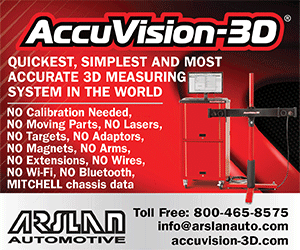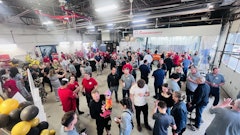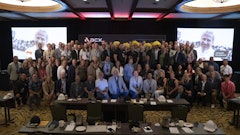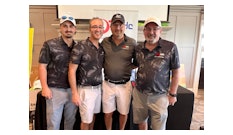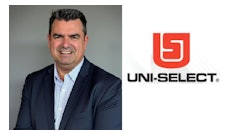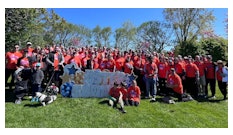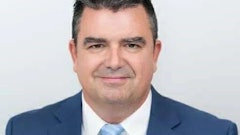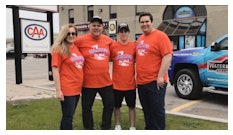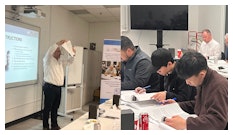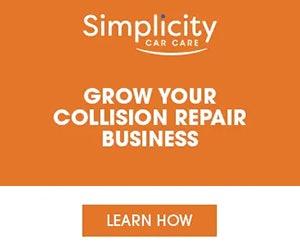
On the road to profitability, stay in your lane
Column by JOHN MARLOWE
Our industry is going through a very interesting time. Consolidation, OE certifications, electrification….so much is happening at the exact point where our shops have largely run out of capacity.
Customer wait times are weeks out—or longer! Parts issues, while improving, are still not even close to resolved. We still lack enough trained technicians to do the work we have. Our workdays are so chock full of activities related to insurance claims administration that many repairers struggle to research even the most critical of OE repair procedures.
Obviously, now would be the very best time to add some new tasks so we can “keep it in house,” right?
“How much are we spending on things like windshield sublets every month? That’s just money going right out the door!”
“Those guys at the alignment shop are making out like bandits, while we are struggling to make any money at all! We should buy an alignment rack!”
Same discussion for protective film application, ADAS calibrations, suspension and exhaust work, anything that gets sublet.
It’s a theme that I’m hearing with increasing frequency, and in many cases, with increasing panic and anxiety.
I suppose that it’s normal for us to look for some sort of silver bullet, a “cure”, when things aren’t working as they should.
Instead of us looking inward and recognizing that we need to change how we do our core business, we’re looking to add something new and unfamiliar in hopes that we might gain a few more precious percentage points on our bottom line.
It is exceedingly unlikely that adding more tasks in your shop will result in greater profitability. Let’s look a bit closer at bringing glass work in-house…
1. Who will do the glass work? Surely your collision techs are already at their maximum capacity!
2. Who will research the procedures? A quick trip through most OE service manuals will reveal a myriad of sensors, brackets, airbags, and other equipment that must be handled correctly. You won’t need to damage or mishandle very many components before any chance of profitability vanishes.
3. Where will you keep the glass until the vehicle arrives? Or, if you’ve removed some glass as part of the repair process, where and how will you store it until you’re ready to reassemble the vehicle?

Now add in some typical issues: windshield leaks, glass was damaged in storage, mist sensors no longer work, there’s a wind noise that wasn’t there before. Smells like false economy. You already have a good relationship with one or more companies specializing in dealing with auto glass. They are trained. They arrive when you need them, and they aren’t underfoot when you don’t. They often store the glass for you! Is there an issue with the installation? Call them back in!
With a phone call, you get the services of a professional specialist and you still get to make a profit!
Minimal headaches. Zero investment. You can substitute any of the traditionally sublet activities for this argument. There are, of course, exceptions. There are some collision repair businesses were adding one or more in-house services makes sense.
What most of us need to do is to examine our existing core business and understand why we aren’t able to generate the types of profits that we might reasonably expect given the very significant investments we make in our businesses.
Is your hourly rate high enough? I’m not talking about the one posted on the wall. I mean the overall hourly rate that you charge in the real world. It can be a delicate balancing act to set a rate that allows you to remain competitive while also allowing your business to invest in training and developing the people who do the work, new technologies and equipment to remain relevant and productive, infrastructure upgrades to keep your building comfortable for your customers and safe and productive for your people. A rate that allows you to pay a decent wage and also to make a reasonable profit for your business.
Are you charging properly for the work you do? Do you hear the phrase “we won’t pay for that,” around your office regularly? Here’s a secret: the insurance company isn’t the enemy. They are not the reason that you aren’t able to charge appropriately for the work you do. If your facility is, like so many others, unable to take in another car in the next two weeks and you’re considering bringing services in-house because you aren’t making enough money doing collision repairs, then the enemy is you.
Stop making excuses about why you aren’t researching OE procedures. Those are the standards to which we must repair collision damaged vehicles. Research is the key to gaining the documentation required to support the need for the operations and parts that keep getting rejected at the image desk. The insurance company does not repair vehicles. That’s your job. It’s unlikely to be evident to somebody reviewing your collision damage analysis why the front radar must be calibrated on a Ford pickup truck that got hit on the rear bumper. It’s only by researching and then providing supporting documentation that this procedure is likely to be understood as required and therefore owed by the insurance company. It’s also only by researching that you become aware of such things and can then perform a complete repair of a collision damaged vehicle.
If your business isn’t profitable in our current market, changes are in order. However, these changes should be related to correcting/ removing/replacing any obstructions to profitably repairing collision damaged vehicles. Stay in your lane; stay in control.



